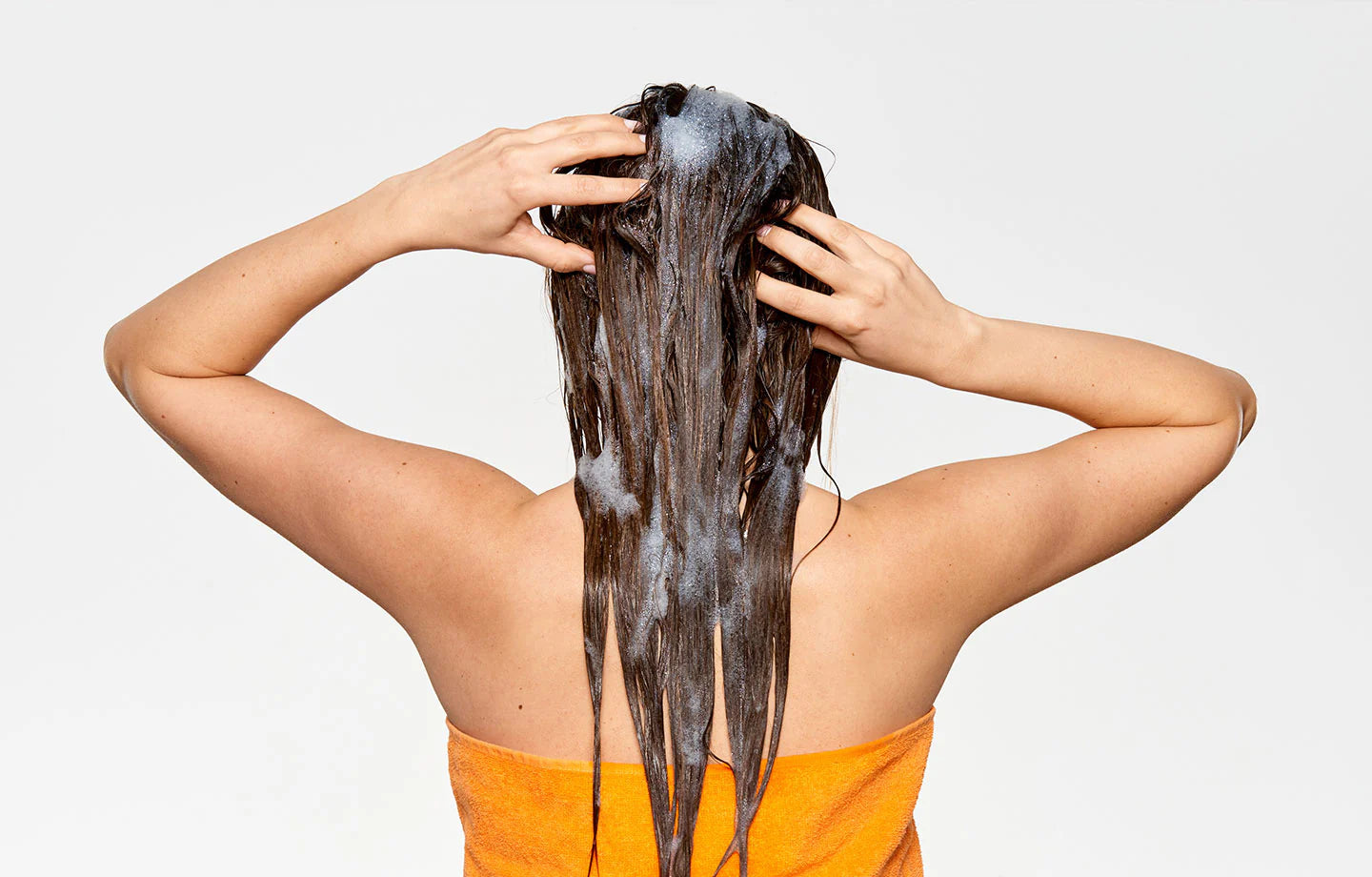Article: Are sulfates and silicones really bad for your hair?

Are sulfates and silicones really bad for your hair?
The world of beauty product ingredients is a lot like Hollywood—not all press is good press. Sulfates, silicones and sodium have all gotten a bad rap—but is it really that simple? Let’s take a closer look at t shampoo and how these ingredients work.

What is shampoo?
Simply put, shampoo is a cleanser that is specially formulated to be used on hair. Just like how your body wash is different from your face cleanser (hopefully), shampoo has a formula all its own. Shampoo was developed to remove dirt, environmental contaminants and sebum from the hair shaft and scalp. There are thousands if not millions of different ingredient combinations for shampoo, with some getting their fair share of bad press.
Controversial Shampoo Ingredients
Unless you’re using a shampoo bar, the number one ingredient listed on most shampoos is water. One important thing to note about shampoo ingredients is that they are typically listed in order of concentration. If water is listed first, it’s likely that it is the highest percentage ingredient in your shampoo.
Sulfates are another common ingredient in shampoos and arguably the biggest current baddie. However, if you enjoy a nice, foamy lather in your shampoo then you have sulfates to thank for that. There are many different types of sulfates, but some of the most commonly used in shampoo are ammonium lauryl sulfate, sodium laureth sulfate, and cocamidopropyl betaine. Sulfates get a bad rap, but the truth is that they work better for some hair types than others. Those with very dry /damaged hair and scalp may want to limit their use of products containing sulfates.
milk_shake sulfate –free shampoos:
![]()
Silicones are another controversial shampoo ingredient—mostly because they are not easily rinsed away. As a result, rumors started circulating that silicones cause build up on hair. The truth is that silicones can be removed with most shampoos and unless you have very fine hair, you likely won’t experience any adverse effects from silicones. In fact, silicones coat the hair strand which helps eliminate frizz and improve shine.
You may have also noticed sodium chloride—or salt—listed in many shampoos as well. Sodium chloride can help fine hair look more voluminous, since it roughens up the cuticle. This also serves a purpose for delivering hydrating ingredients into the hair shaft.
Finally, let’s talk about citric acid. While it may sound scary to put any kind of acid into your hair, citric acid is actually really useful. It works to bring down the pH level of the shampoo, which helps to improve manageability. Citric acid also helps to protect your scalp from free-radical damage and is found in most citrus fruits.
At milk_shake we pride ourselves on our use of high-quality ingredients that are dedicated to improving hair healthy and are typically sourced from nature. One key ingredient that you will find in nearly all of our product are milk proteins.

